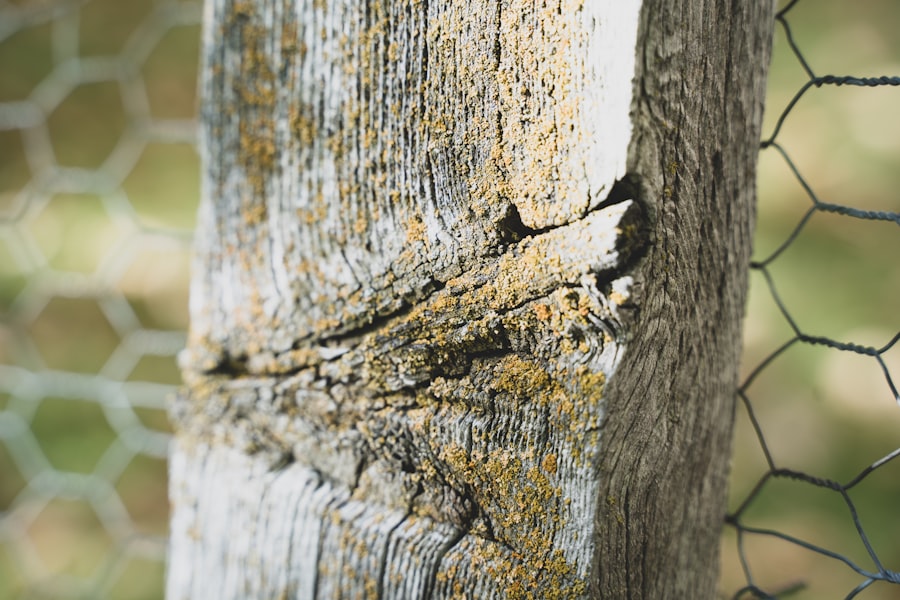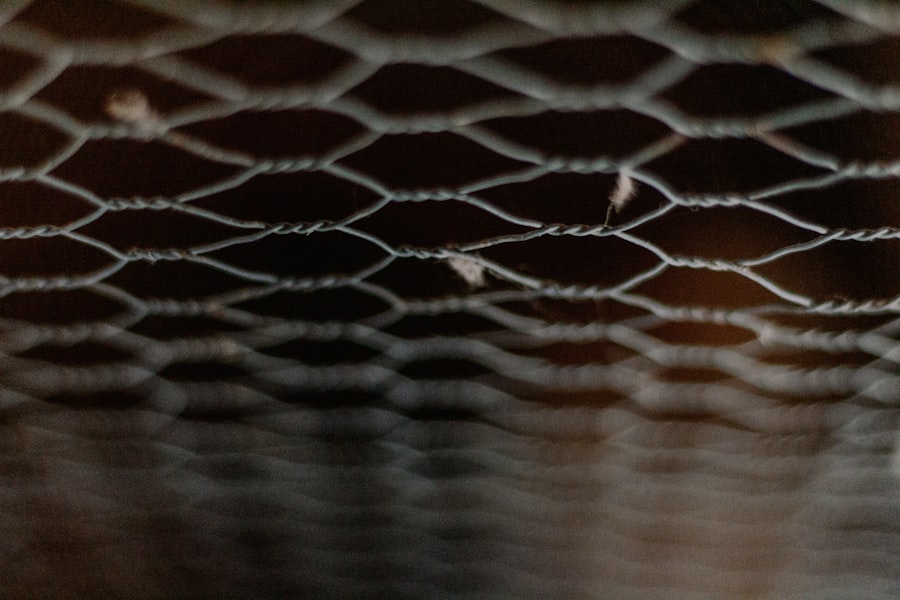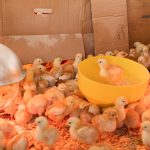When raising chickens, selecting an appropriate pen or coop is crucial. Options include free-range systems, mobile coops, and stationary coops. Free-range systems allow chickens to roam freely but may expose them to predators and weather risks.
Mobile coops can be moved around the yard, providing access to fresh grass and insects while offering some protection. Stationary coops are permanent structures that provide the most protection but may require more maintenance. The size and layout of the pen are important considerations.
A pen should provide adequate space for the number of chickens, with 2-3 square feet per bird inside the coop and 8-10 square feet per bird in an outdoor run. The layout should include nesting boxes for egg-laying, roosting bars for sleeping, and easy access for cleaning and maintenance. The pen should be constructed with durable materials that can withstand weather conditions and provide proper ventilation to prevent moisture buildup and control ammonia levels.
Choosing the right pen for chickens is essential for their health and well-being. Factors to consider include the type of pen, size, layout, and construction materials to ensure a safe and comfortable living environment for the chickens.
Table of Contents
- 1 Maintaining a Clean and Safe Environment
- 2 Providing Adequate Food and Water
- 3 Protecting Against Predators
- 4 Ensuring Proper Ventilation and Lighting
- 5 Monitoring and Managing Health and Hygiene
- 6 Implementing Regular Inspections and Maintenance
- 7 FAQs
- 7.1 What are some tips for keeping chickens in their pen?
- 7.2 What are some common reasons why chickens try to escape from their pen?
- 7.3 How can I deter chickens from trying to escape from their pen?
- 7.4 Are there any specific breeds of chickens that are easier to keep in a pen?
- 7.5 What should I do if a chicken does manage to escape from the pen?
Key Takeaways
- Choose a pen with appropriate size and material for your chickens’ comfort and safety
- Regularly clean and disinfect the pen to prevent diseases and parasites
- Provide fresh water and balanced feed to ensure your chickens’ health and productivity
- Install secure fencing and predator-proofing measures to protect your chickens from harm
- Ensure proper ventilation and lighting in the pen to maintain a comfortable environment for your chickens
- Monitor your chickens’ health and hygiene, and promptly address any issues that arise
- Conduct regular inspections and maintenance to keep the pen in good condition and address any potential problems early
Maintaining a Clean and Safe Environment
Cleaning the Coop and Surrounding Areas
This includes removing soiled bedding, droppings, and any leftover food or water. It’s important to use safe cleaning products that are non-toxic to chickens and to regularly disinfect the coop to prevent the spread of disease.
Securing the Coop from Predators
In addition to regular cleaning, it’s important to provide a safe environment for your chickens by securing the coop from predators. This may include installing locks on doors and windows, using wire mesh to cover openings, and adding predator-proof fencing around the perimeter of the pen.
Regular Inspections and Maintenance
It’s also important to regularly inspect the coop for any signs of damage or wear and tear that could compromise its safety. In conclusion, maintaining a clean and safe environment for your chickens is crucial for their overall health and well-being. Regular cleaning, disinfection, and predator-proofing measures are essential to ensure that your chickens are safe from harm and disease.
Providing Adequate Food and Water

Providing adequate food and water is essential for the health and productivity of your chickens. A balanced diet is crucial for egg production, growth, and overall health. Chickens require a diet that includes a mix of grains, protein, vitamins, and minerals.
This can be achieved through commercial feed or a combination of grains, vegetables, fruits, and kitchen scraps. It’s important to provide access to fresh water at all times, as dehydration can lead to decreased egg production and overall health issues. In addition to providing a balanced diet, it’s important to consider the feeding method.
This may include using feeders that prevent waste and contamination, as well as providing enough space for all chickens to access food at the same time. It’s also important to monitor food consumption and adjust feeding amounts based on the number of chickens and their individual needs. In conclusion, providing adequate food and water is essential for the health and productivity of your chickens.
A balanced diet, access to fresh water, and proper feeding methods are crucial for ensuring that your chickens are healthy and thriving.
Protecting Against Predators
Protecting your chickens against predators is crucial for their safety and well-being. Predators such as foxes, raccoons, hawks, and snakes pose a threat to chickens and their eggs. It’s important to implement measures to deter predators from accessing the coop or run, such as installing predator-proof fencing, using motion-activated lights or sound devices, and securing doors and windows with locks.
Another important aspect of predator protection is providing a safe roosting area for your chickens at night. This may include using elevated roosting bars inside the coop that are difficult for predators to access or adding predator-proof wire mesh around the coop to prevent entry. In conclusion, protecting your chickens against predators is essential for their safety and well-being.
Implementing measures such as predator-proof fencing, secure roosting areas, and deterrent devices can help keep your chickens safe from harm.
Ensuring Proper Ventilation and Lighting
Proper ventilation and lighting are essential for maintaining a healthy environment inside the chicken coop. Adequate ventilation helps remove moisture, ammonia, and airborne pathogens that can lead to respiratory issues in chickens. This can be achieved through windows, vents, or fans that allow fresh air to circulate throughout the coop while preventing drafts.
In addition to ventilation, proper lighting is important for regulating the chickens’ internal clock and promoting egg production. Natural light is ideal, but supplemental lighting may be necessary during the winter months when daylight hours are shorter. It’s important to provide at least 14-16 hours of light per day to stimulate egg production and maintain overall health.
In conclusion, ensuring proper ventilation and lighting inside the chicken coop is crucial for maintaining a healthy environment. Adequate ventilation helps remove harmful substances from the air, while proper lighting regulates the chickens’ internal clock and promotes egg production.
Monitoring and Managing Health and Hygiene

Recognizing Signs of Illness
Regularly checking for signs of illness or injury is essential for early detection and treatment. Look out for signs such as lethargy, abnormal droppings, respiratory issues, or changes in behavior.
Isolating Sick or Injured Chickens
If you suspect any of your chickens are sick or injured, it’s vital to isolate them immediately to prevent the spread of disease. Provide appropriate care or veterinary attention as needed to ensure a speedy recovery.
Maintaining Good Hygiene Practices
Managing hygiene is critical for preventing disease outbreaks. Regularly clean the coop, nesting boxes, feeders, and waterers to prevent the buildup of bacteria and parasites. Additionally, practice good biosecurity measures by limiting exposure to outside birds or visitors who may carry diseases.
By following these guidelines, you can help prevent disease outbreaks and maintain the overall well-being of your flock. Regular health checks, isolation of sick birds, and good hygiene practices are essential for keeping your chickens healthy.
Implementing Regular Inspections and Maintenance
Implementing regular inspections and maintenance of the chicken coop is essential for ensuring its longevity and functionality. This includes checking for any signs of damage or wear and tear that could compromise its safety or structural integrity. It’s important to repair any damaged areas or replace worn materials as needed to prevent potential hazards.
In addition to inspections, regular maintenance tasks such as cleaning, disinfecting, and repairing equipment should be scheduled on a routine basis. This helps prevent the buildup of bacteria, parasites, or disease-causing agents that could harm your chickens. In conclusion, implementing regular inspections and maintenance of the chicken coop is essential for ensuring its longevity and functionality.
By checking for damage, repairing worn materials, and scheduling routine maintenance tasks, you can help keep your coop in good condition for years to come.
If you’re looking for tips on how to keep chickens in their pen, you might also be interested in this article on choosing the right chicken coop. It’s important to have a secure and comfortable coop for your chickens to prevent them from wandering off and to keep them safe from predators. This article provides valuable information on selecting the right coop for your flock.
FAQs
What are some tips for keeping chickens in their pen?
– Make sure the pen is secure and free from any gaps or holes that chickens could escape through.
– Provide enough space and enrichment within the pen to keep the chickens occupied and content.
– Regularly check the pen for any signs of wear and tear, and repair any damage promptly.
– Keep the chickens well-fed and watered to reduce the likelihood of them trying to escape in search of food or water.
What are some common reasons why chickens try to escape from their pen?
– Lack of space or enrichment within the pen.
– Inadequate food or water supply.
– Predators or other threats in the vicinity.
– Boredom or stress.
How can I deter chickens from trying to escape from their pen?
– Provide plenty of space and enrichment within the pen, such as perches, dust baths, and toys.
– Ensure the chickens have access to a balanced diet and fresh water at all times.
– Use predator-proof fencing and secure latches on the pen to minimize the risk of outside threats.
– Spend time with the chickens to reduce boredom and stress.
Are there any specific breeds of chickens that are easier to keep in a pen?
– Some breeds, such as Orpingtons and Australorps, are known for being more docile and less likely to try to escape.
– Bantam breeds, due to their smaller size, may be easier to contain within a pen compared to larger breeds.
What should I do if a chicken does manage to escape from the pen?
– Try to gently and calmly herd the chicken back into the pen.
– Assess the pen for any potential escape routes and make necessary adjustments to prevent future escapes.
– Monitor the escaped chicken for any signs of injury or distress, and provide appropriate care if needed.
Meet Walter, the feathered-friend fanatic of Florida! Nestled in the sunshine state, Walter struts through life with his feathered companions, clucking his way to happiness. With a coop that’s fancier than a five-star hotel, he’s the Don Juan of the chicken world. When he’s not teaching his hens to do the cha-cha, you’ll find him in a heated debate with his prized rooster, Sir Clucks-a-Lot. Walter’s poultry passion is no yolk; he’s the sunny-side-up guy you never knew you needed in your flock of friends!







